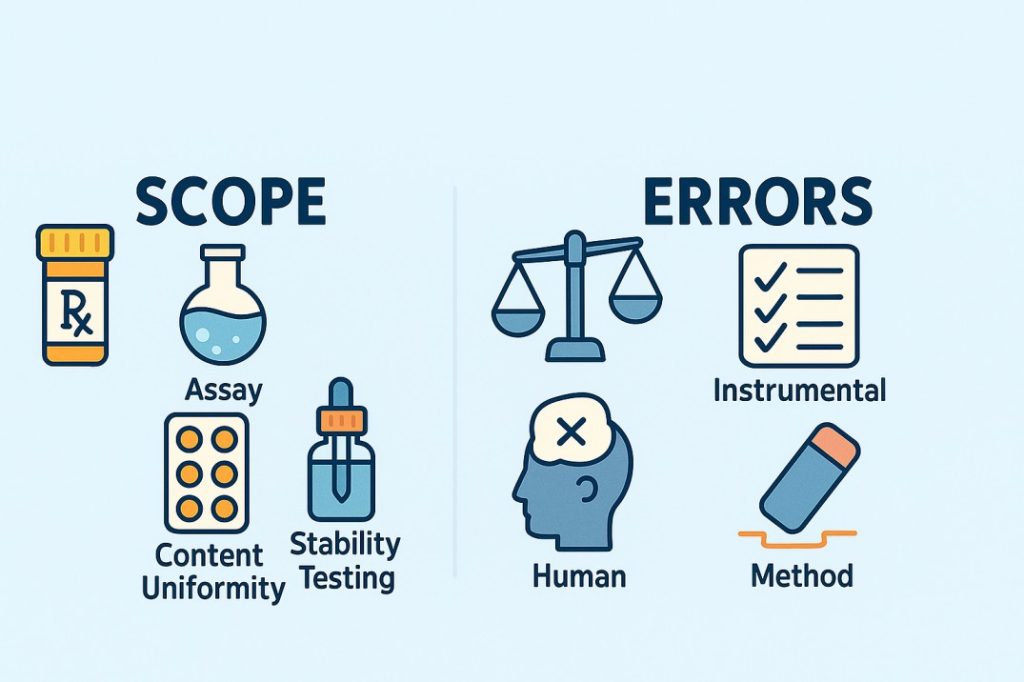Liquid Dosage Forms & Powders U-2
Pharmaceutical calculations
- Weights and measures
- Calculations involving percentage solutions
- Alligation in Pharmaceutical Calculations
- Proof spirit
- Isotonic solutions
Powders
- Introduction to Powder
- Mixing of powders
- Simple and compound powders
- Dusting Powders
- Effervescent Powders
- Efflorescent Powders
- Hygroscopic Powders
- Eutectic mixture
- Geometric dilutions
Liquid dosage forms
- Advantages and disadvantages of liquid dosage forms
- Excipients used in formulation of liquid dosage form
- Solubility enhancement techniques in liquid dosage form
Other Units of Pharmaceutics I
Other Subjects of B Pharmcy Semester 1

Download Our App for Premium Pharmacy Notes
Unit I – Liquid Dosage Forms, Powders & Pharmaceutical Calculations
Pharmaceutical Analysis I – BPharma 1st Semester (AKTU & PCI Syllabus)
At FirstHope, we offer precise, exam-oriented notes aligned with the PCI-approved B Pharma syllabus. Unit I of Pharmaceutical Analysis introduces key concepts like concentration methods, standard solutions, and analytical errors. Therefore, a strong grasp of this unit is vital for semester success and exams like GPAT and NIPER.
Pharmaceutical Calculations, Powders & Liquid Dosage Forms – Summary
- Pharmaceutical Calculations:
- Use Imperial and Metric systems for accurate drug formulation.
- Include calculations for percentage solutions (w/v, v/v, w/w), alligation for mixing concentrations, and proof spirit to determine alcohol strength.
- Isotonic solution calculations rely on freezing point depression and molecular weight to ensure compatibility with body fluids.
- Powders:
- Finely divided solid dosage forms classified as simple or compound.
- Advantages: fast onset, dose flexibility, and stability.
- Disadvantages: unpleasant taste, bulkiness, and inconvenience.
- Include official forms like dusting powders, effervescent powders, and specialized types such as efflorescent, hygroscopic, and eutectic mixtures.
- Geometric dilution ensures even distribution of potent ingredients.
- Liquid Dosage Forms:
- Benefits: easy to administer, rapid absorption, and adjustable dosing.
- Drawbacks: lower stability, microbial risk, and storage issues.
- Common excipients: solvents, preservatives, sweeteners, and flavoring agents.
- Solubility enhancement techniques include co-solvents, surfactants, pH adjustment, and complexation.
Thank you for reading from Firsthope's notes, don't forget to check YouTube videos!


